Kea are large parrots found only on the South Island of New Zealand. They live primarily in alpine regions – areas high in the mountains, above where trees grow. In fact, they are the only species of parrots that can survive in alpine environments. Sadly, humans have hunted this species extensively, endangering them. Read on to learn about the Kea.
Description of the Kea
This parrot has dark green feathers, mottled with brown or gray. The feathers on the underside of their wings are bright orange, but you can typically only see them while the bird is flying. These are relatively large parrots, measuring about 19 in. long and weighing in at around 2 lbs. or so. Their beaks are surprisingly large as well, curving to a sharp point.
Interesting Facts About the Kea
Like all parrots, these endangered birds are intelligent and adept at problem solving. They are truly unique birds, and are one-of-a-kind among parrot species. Learn more about why they are so different below!
- Why Kea? – Unless you have met a kea, you probably won’t understand where it gets its name. These birds produce a loud call while flying, that sounds like ‘keee aaa’. This is not an unusual naming method. In fact, a number of bird species receive their names after their calls, like the whip-poor-will and the killdeer.
- Truly a Show – Researchers call a group of Kea a “circus.” This is likely because they are known as the “clown of the mountains.”
- Curious Creature – They get this name because they are surprisingly personable and curious of humans. Unfortunately, this can be a double-edged sword. While tourists delight in the antics and investigation of these parrots, the natives are less than thrilled when the birds damage parked cars, snowboards, skis, and backpacks.
- Ground Nests – Because they spend much of their time above the line where trees can grow, these birds usually nest on the ground. They will find a comfortable spot, safely nestled between roots or in rock crevices, and build a nest. They commonly line their nests with mosses, ferns, and rotten wood.
Habitat of the Kea
This bird will live in a variety of habitats within its range. They can inhabit lowland river valleys and coastal forests, but also regularly live in alpine regions. Along the edge of the tree line in the mountains, they find a particular attraction to forests of beech trees.
Many Kea will also live in or near human habitations, particularly ski resorts, because food is plentiful. Because their range is quite small, these birds do not occupy any other types of habitats.
Distribution of the Kea
The Kea resides only on the South Island of New Zealand. Scientists believe they may have also lived on the North Island, but estimate that they died out approximately 10,000 years ago.
The population on the South Island lives only in its preferred habitats. Their primary populations are in the Mount Cook National Park and Arthur’s Pass. Within these regions, scientists estimate that there are just 4,000 adult birds left.
Diet of the Kea
Surprisingly, this parrot is omnivorous, and commonly feeds on carrion. Their diet consists of a variety of plants, insects, birds, small mammals, and human garbage.
The birds will even feed on sheep, though they do not directly kill them. They use their sharp beaks to pull the wool from the sheep, and feed on the fat-rich flesh below. The sheep do sometimes succumb to infection from these attacks, and the interactions have caused retaliation from farmers.
Kea and Human Interaction
The primary cause of Kea decline is the extensive hunting by farmers for the killing of their sheep. However, the Kea do not actually kill the sheep. They will scavenge on animals that have already died, or attack sick or injured sheep.
Healthy sheep the Kea attack can injure themselves while attempting to escape, or the injuries can become infected. Regardless, the damage is done, and the farmers do not like it. Now the Kea are protected by law, but it may be too little too late. The IUCN lists Kea as Endangered.
Domestication
Humans have not domesticated Kea in any way.
Does the Kea Make a Good Pet
No, Kea do not make good pets. They are an endangered species and it is illegal to own one as a pet.
Kea Care
In zoos, Kea require the same care as any other parrot species, with the addition of protein sources to their diet. They need plenty of mental stimulation because they are intelligent animals.
Without proper puzzles, toys, and games, the birds can become bored and destructive. As social birds, these parrots also require companions, and do very poorly when kept alone.
Captive breeding programs are important for the survival of the species, so understanding how to care for these birds is extremely important.
Behavior of the Kea
Kea are social birds, who live in groups of about 13 on average. They are incredibly inquisitive and curious, especially when food is plentiful. This can result in damage to property, and some pretty unhappy locals.
Their propensity to approach humans is also detrimental to the birds, primarily because there have been a number of fatal incidents at popular tourist spots. In these incidents, people purposefully kill the birds because they approach tourists. It is highly illegal to harm or disturb Kea, and frowned upon to feed them.
Reproduction of the Kea
Researchers believe that these birds do not form monogamous pairs. Scientists have seen males breeding with multiple females. Female Kea lay 2 – 5 eggs in their protected nest on the ground, and incubate them for 21 days.
The chicks take approximately 94 days to become fledged and self-sufficient. Sadly, many chicks do not survive their first year. In fact, less than half make it past 1 year, and only 10% live to be 20 years old.



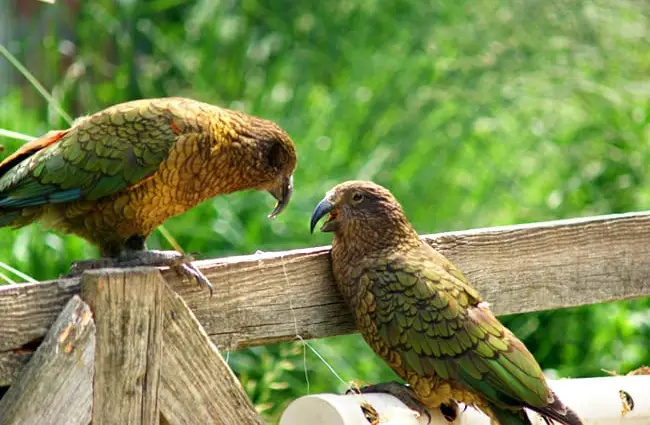
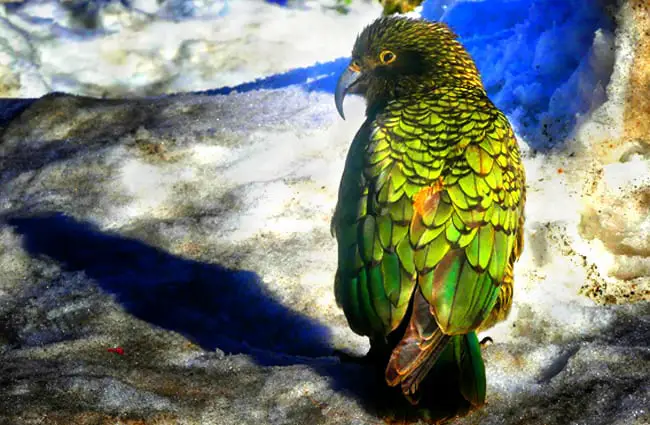
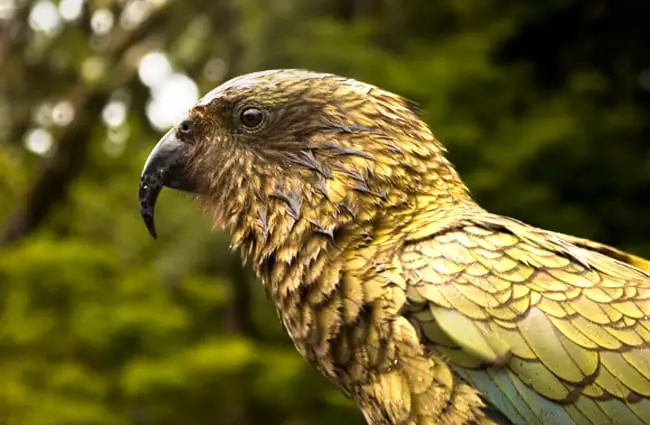

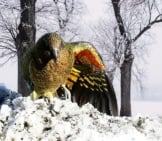
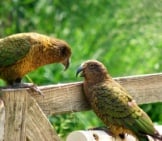
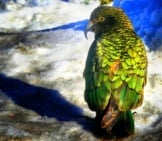
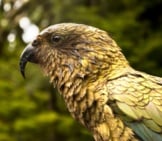
![Red Angus Closeup of a beautiful Red Angus cowPhoto by: U.S. Department of Agriculture [pubic domain]https://creativecommons.org/licenses/by/2.0/](https://animals.net/wp-content/uploads/2020/03/Red-Angus-4-238x178.jpg)


![Red Angus Closeup of a beautiful Red Angus cowPhoto by: U.S. Department of Agriculture [pubic domain]https://creativecommons.org/licenses/by/2.0/](https://animals.net/wp-content/uploads/2020/03/Red-Angus-4-100x75.jpg)

